Search
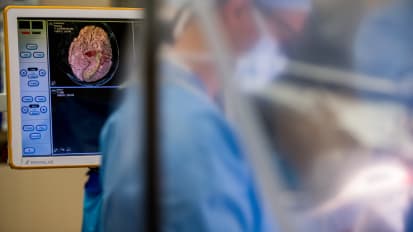 News
News
First “Neuroprosthesis” Restores Words and Mobility to Man with Paralysis
Researchers at UC San Francisco have developed the first “neuroprosthesis” that has enabled a man with severe paralysis to communicate in sentences, translating signals from his brain to the vocal tract directly into words that appear as text on a screen. Aided by this technology, the man is also able to move a robotic arm to manipulate objects. News
News
New Method for Rapid, Intraoperative Detection of Residual Tumor Cells Can Vastly Improve Patient Outcomes
It is now possible to detect residual tumor cells during surgery within minutes, a groundbreaking advancement in the surgical treatment of tumors.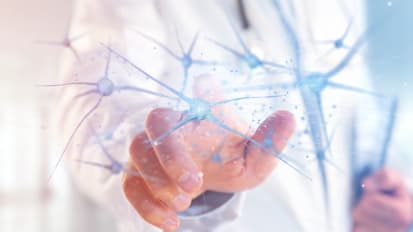 News
News
Novel Sequencing Test to Uncover Mystery Causes of Brain Inflammation Now Available at UCSF
Physicians seeking a cause for tough-to-diagnose cases of encephalitis or meningitis have a new tool in their arsenal, thanks to scientists at UC San Francisco’s Center for Next-Gen Precision Diagnostics. News
News
New Complex Neurology Program Focuses on Hard-to-Diagnose Cases
In an effort to find answers to some of the most daunting neurological puzzles frustrating patients and clinicians alike, UC San Francisco has opened the Jan and Maria Manetti Shrem UCSF Neurology Complex Diagnosis Clinic, an innovative multidisciplinary center that tackles these issues head-on. News
News
Brain Wave Recordings Reveal Potential for Individualized Parkinson’s Treatments
Pioneering neural recordings in patients with Parkinson’s disease by UC San Francisco scientists are providing the groundwork for personalized brain stimulation to treat Parkinson’s and other neurological disorders. Document
Document
Headache Center Fast Track Checklist
As the only program with an Inpatient Headache Treatment Unit in Northern California, UCSF’s Headache Center helps improve the quality of life for individuals suffering from debilitating headaches. Document
Document
UCSF MD Link: Web-Based Communication Portal for Physicians
Our web portal allows referring physicians to securely access their patients’ entire electronic health record, make online referral requests and communicate with our physicians directly and securely.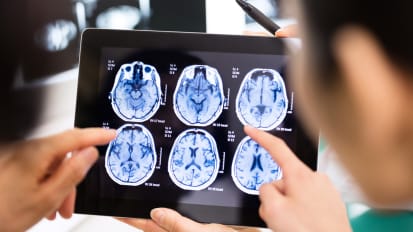 News
News
Optimizing Care Following Traumatic Brain Injury: Rapid Laboratory Test Offers Opportunity for Paradigm Shift
The Centers for Disease Control and Prevention (CDC) estimates that there are approximately 2.5 million traumatic brain injury (TBI)-related emergency department (ED) visits annually. Recent media coverage has focused on the occurrence of TBI in professional sports, but the reality is that the impact of TBI-related morbidity extends beyond high-level athletics. Video
Video
AVM Bleeding in a Young Brain: Angiography as Part of the Solution
This five-minute video reviews the warning signs for arteriovenous malformations, discusses treatment goals for AVMs in the very young, and offers images that illuminate both the condition itself and keys to successful surgical resection. Video
Video
Look Beyond Symptoms: When to Test for Pituitary Tumors
Tumors of the body’s “master gland” cause various symptoms – headaches, depression, sexual dysfunction, vision loss – that doctors often attribute to other conditions. UCSF endocrinology and neurosurgery specialists discuss keys to identifying patients as well as the merits of telehealth referrals in the time of COVID. Video
Video
Spinal Exams in the Brave New World of Telemedicine
The recently expanded use of telemedicine has revealed it to be an efficient tool for making assessments and getting patients appropriate care. News
News
The Coronavirus Disease 2019 Global Pandemic: A Neurosurgical Treatment Algorithm
The COVID-19 pandemic is disrupting neurosurgical care at medical centers throughout the United States. News
News
Neurosurgical Treatment Algorithm During the COVID-19 Pandemic
As medical centers across the world prepare for and respond to the COVID-19 pandemic, guidelines for providing vital care, while protecting the safety of both patients and health care workers, are increasingly critical.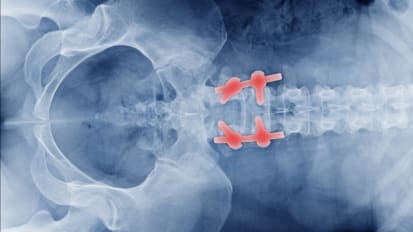 Video
Video
Complex Spine Surgery: Secrets of Successful Closure
Dr. Scott Hansen discusses techniques, options and strategies to stabilize soft tissues and prevent post-op wound complications, even in the most challenging cases. Document
Document
2019-20 Referral Services Guide
UCSF Health is recognized throughout the world for innovative treatments, advanced technology, collaboration among clinicians and scientists, and a highly compassionate team of patient care providers. Document
Document
Awake Spine Surgery
Shorter surgeries result in decreased lengths of stay, faster recovery times and less reliance on narcotics Video
Video
Role of Limited Fusion in Adult Scoliosis: Does Everybody Need T10 to the Pelvis?
When choosing the most appropriate surgery for adult scoliosis patients, the patient’s chief complaint is key. Dean Chou, MD, discusses the criteria to consider when patients present with specific symptoms, and describes when a more conservative surgical approach is feasible. Video
Video
Minimally Invasive TLIF; Techniques and Outcomes
Aaron J. Clark, MD, PhD, describes the minimally invasive approaches of transforaminal lumbar interbody fusion (TLIF) and its advantages over open TLIF surgery including the benefits for the obese and elderly, fewer complications and less pain.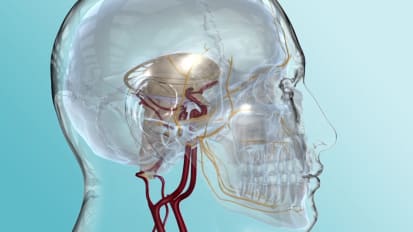 Video
Video
Trigeminal Neuralgia Symptoms and Treatment Options
Edward Chang, MD, describes the symptoms of trigeminal neuralgia, a very serious pain disorder that affects the face and is usually caused by a blood vessel that compresses against the trigeminal nerve. Video
Video
Cervical and Thoracolumbar Spinal Deformity Treatment Strategies, Part I: Historic Review
Lee A. Tan, MD, provides a review of past and current treatment strategies for spinal deformities, including breakthroughs such as Intraoperative neurophysiological monitoring. Video
Video
Cervical and Thoracolumbar Spinal Deformity Treatment Strategies, Part II: Radiographic Parameters
Dr. Lee Tan reviews cervical deformity radiographic parameters, including cervical lordosis, C2-7 sagittal vertical axis, chin-brow vertical angle, T1 slope, thoracic inlet angle and neck tilt.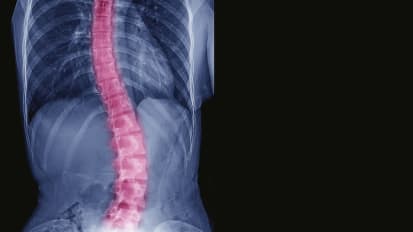 Video
Video
Cervical and Thoracolumbar Spinal Deformity Treatment Strategies, Part III: Case Examples
Lee Tan, MD discusses three recent cervical spine and thoracolumbar spinal deformity cases and the surgical interventions used to treat these diverse conditions. Document
Document
Minimally Invasive Skull Base Surgery Center
The role of minimally invasive skull base surgery is expanding in the management and treatment of benign and malignant tumors of the paranasal sinuses, skull base and intracranial compartment.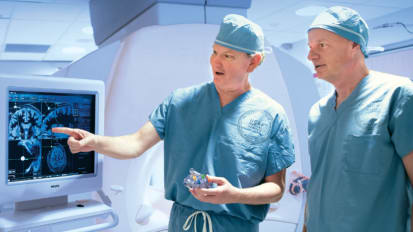 Document
Document
Neurology and Neurological Surgery Services
Our internationally renowned centers, clinics and programs deliver compassionate clinical care while accelerating advances in the diagnosis, treatment and prevention of complex disorders of the brain, spine and peripheral nervous system.


